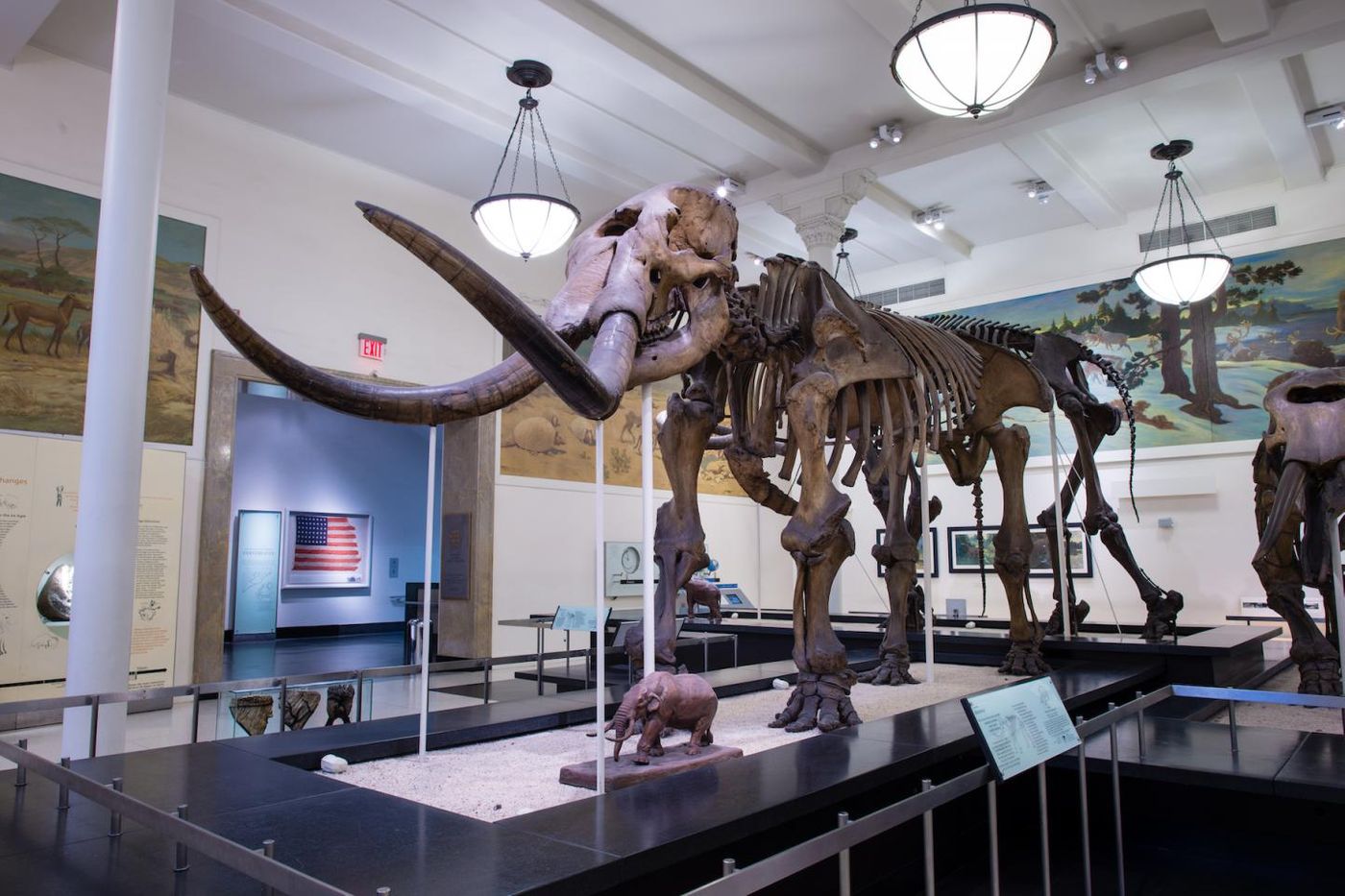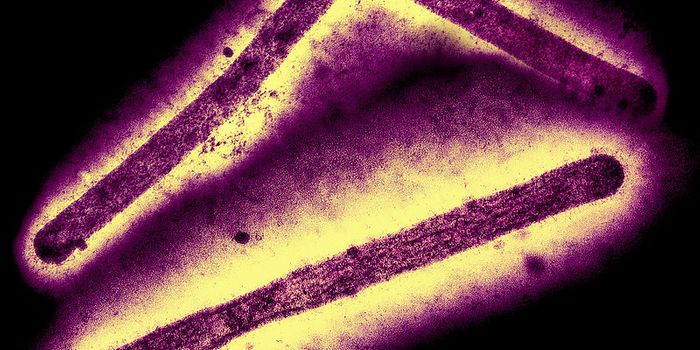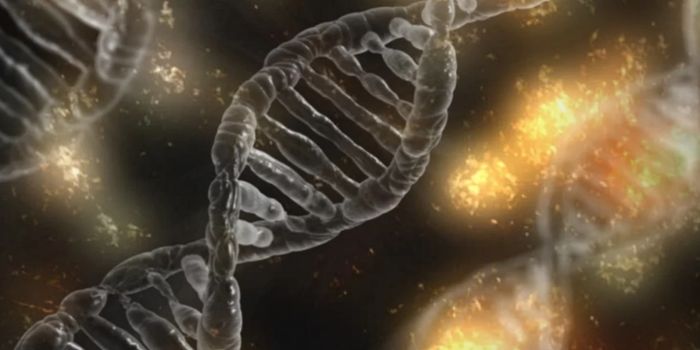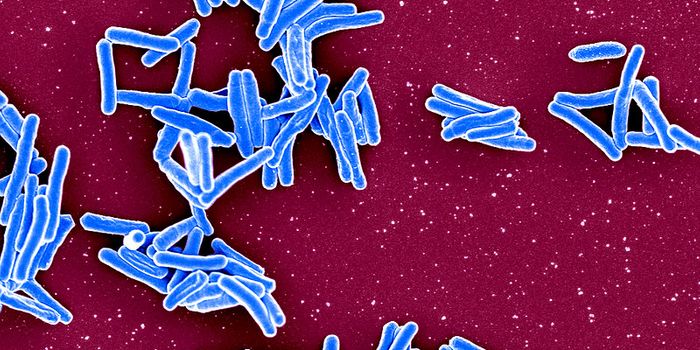Climate Change Caused a Mastodon Migration
Around 11,000 years ago, megafauna that was roaming the earth began to go extinct. Mastodons were some of the largest land animals living on the planet at the time, and they migrated around present-day North America, from Alaska south to Mexico and east to Nova Scotia. They lived in swampy environments and mostly ate shrubs and low tree branches.
Scientists have now used a variety of techniques to show that environmental changes that came with the melting of glaciers had a significant impact on the movement of mastodons. The findings, which were reported in Nature Communications, used mitochondrial genomes that were reconstructed from the fossilized remains of 33 individual mastodons.
"The genetic data show a strong signal of migration, moving back and forth across the continent, driven, what appears to be entirely by climate," explained study author and evolutionary geneticist Hendrik Poinar, director of the McMaster Ancient DNA Centre. "These mastodons were living in Alaska at a time when it was warm, as well as Mexico and parts of Central America. These weren't stationary populations, the data show there was constant movement back and forth."
Researchers have long speculated about why they and 44 other large mammals went extinct. Many hypothesize that it was the combination of climate change, competition for food, and overhunting by humans. Temperatures have fluctuated repeatedly on Earth. Around 800,000 years ago, a dramatic shift happened; the ice sheets changed and regions that had once provided for animals like horses, bison, and mammoths began to shift toward generating sustenance for beaver, moose, and mastodon.
As the climate warmed and ice sheets melted, the mastodon moved with them into the northernmost parts of modern-day Alaska and the Yukon. These groups of mastodon had lots of room to roam, but less genetic diversity, which made them more vulnerable to change.
"By looking genetically at these animals which lived for the last 800,000 years, we can actually see the make-up of these populations that made it up to the north. It's really interesting because a lot of species presently, like moose and beaver, are rapidly expanding their range northwards by as much as tens to hundreds of kilometers every century," said lead study author Emil Karpinski, a graduate student at the Ancient DNA Centre and the Department of Biology at McMaster University.
"Analysis of DNA preserved in these fossil mastodon bones gives us so much more information on how these now-extinct beasts lived and died in comparison to what we know based on traditional paleontological approaches. These data hold the key to our understanding of how ancient animal communities like mastodons adapted to changes in the past, and provide clues to how arctic ecosystems will respond to future warming scenarios," added study co-author Dr. Grant Zazula, a paleontologist with the Government of Yukon.
Sources: AAAS/Eurekalert! via McMaster University, Nature Communications









